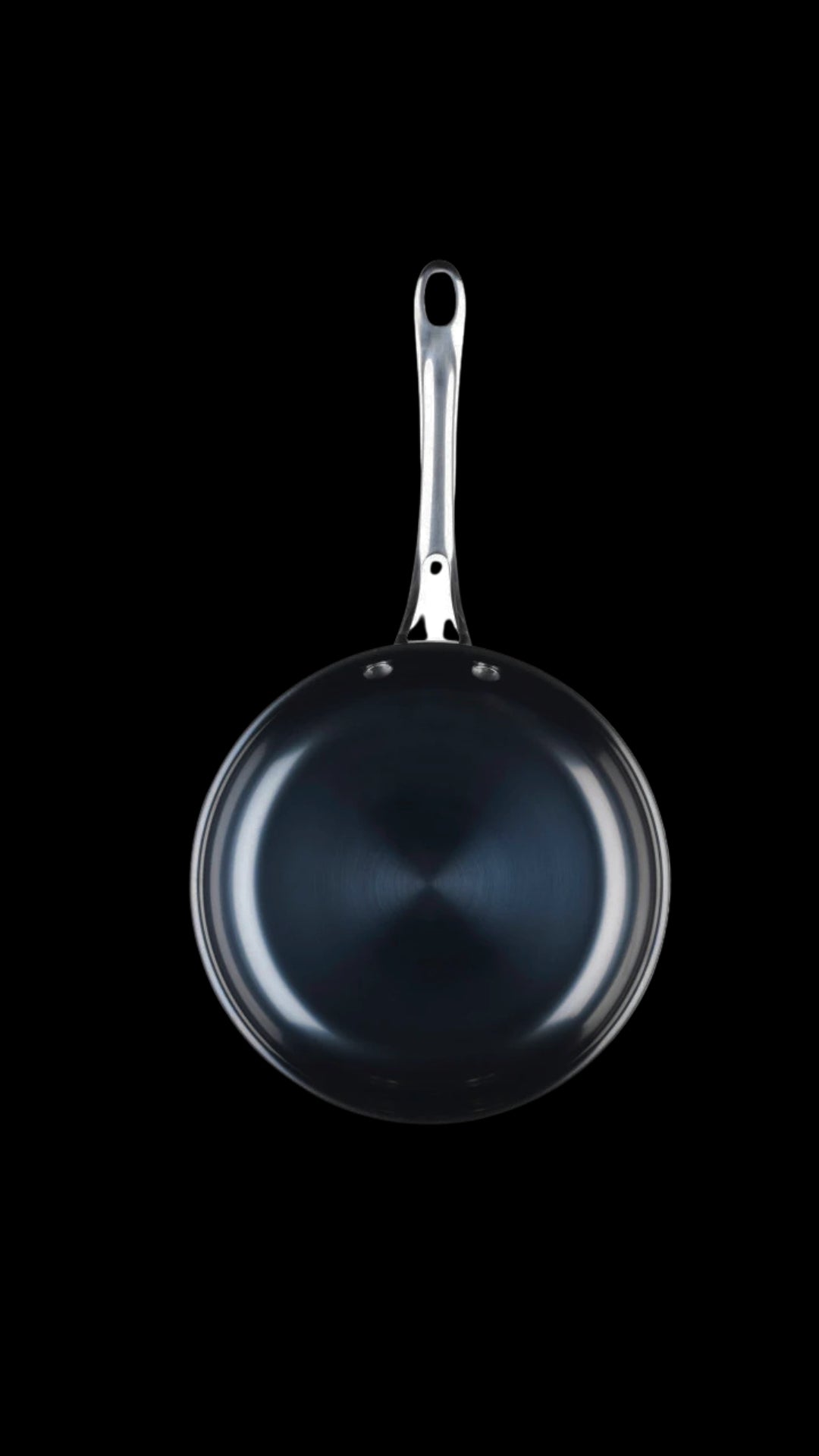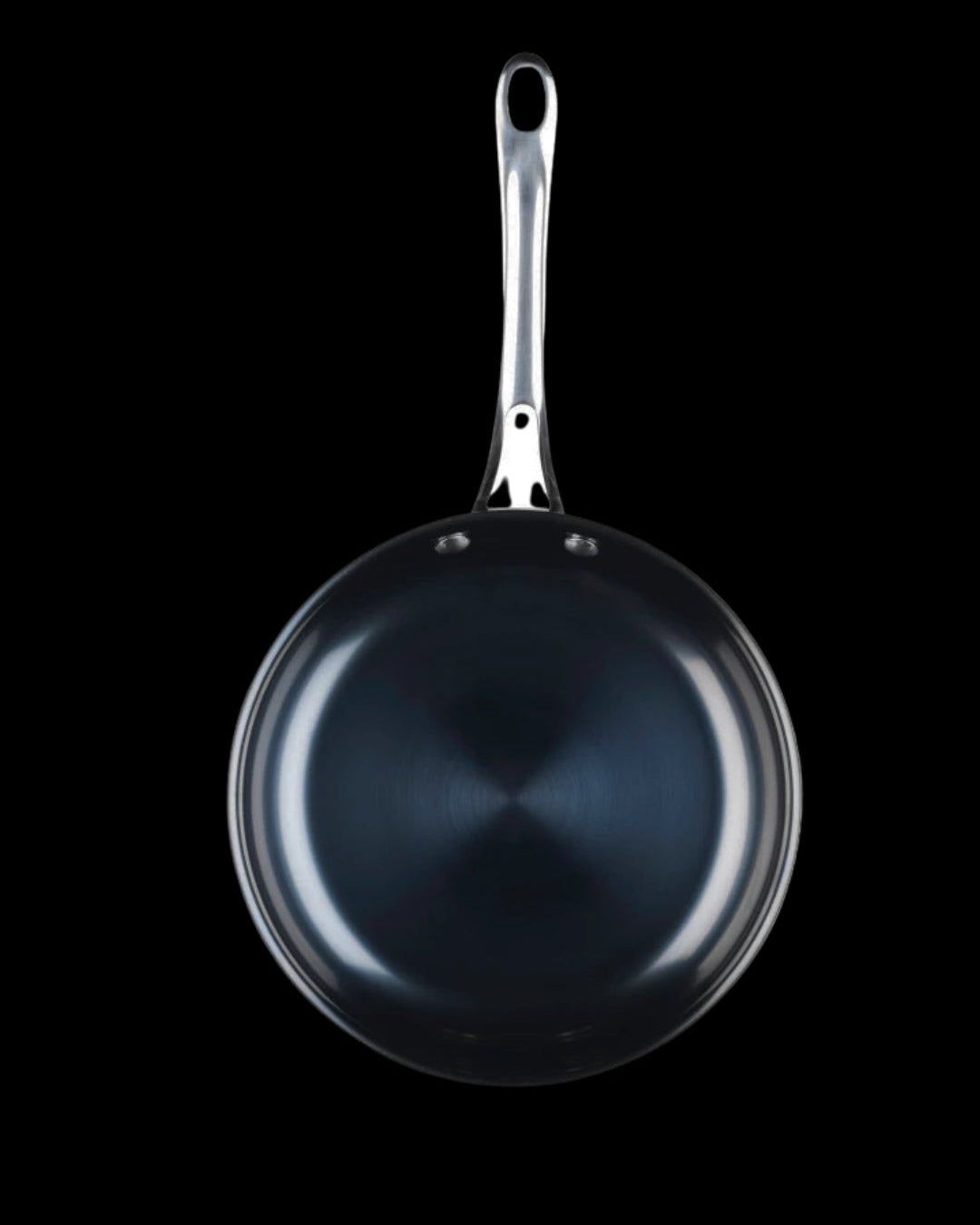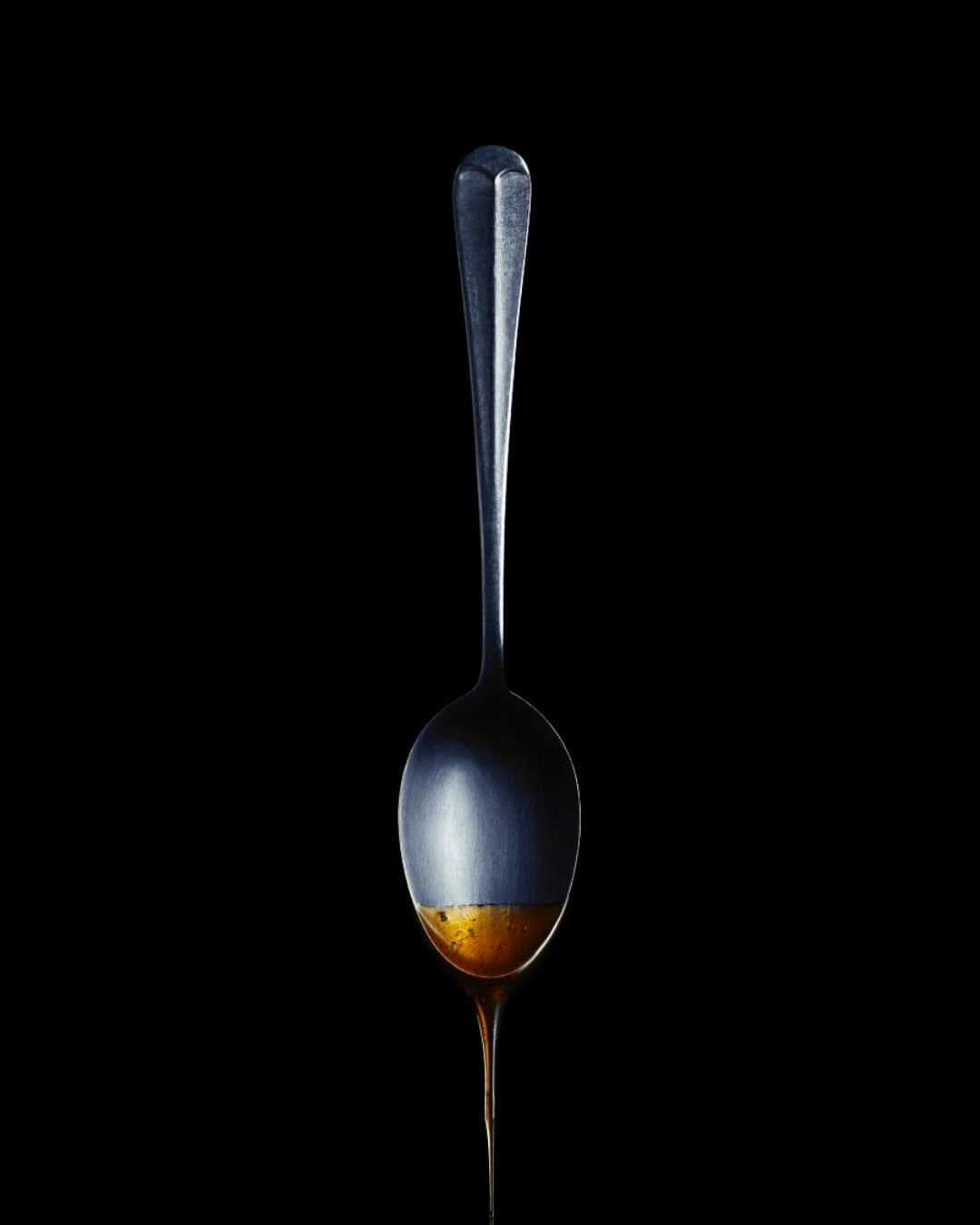
Which pan to choose? Health in the kitchen starts with the right tools
Share
When we talk about healthy eating, we usually think about raw materials: fresh vegetables, clean meat, as little added sugar and preservatives as possible. But what we use to prepare our food is just as important. A pan is not a neutral surface – when exposed to heat, the material starts to behave, and its effects eventually reach our food.
The right pan helps preserve the flavor and nutritional value of food, while the wrong pan can unknowingly add something to the dish that we definitely don't want.
Teflon – a story worth knowing
Teflon or PTFE-coated pans have become widespread in kitchens in recent decades because they are light and convenient: food doesn't stick and you use little fat. But there is a serious downside to this convenience.
If Teflon is heated above 260°C, toxic compounds begin to be released from the surface.
If the surface gets scratched, chemical particles can get into the food.
Previously used PFOA, which was used in the production of coatings, has already been linked to cancer risk, hormonal disruption and environmental pollution.
If you want to understand how far-reaching the effects of such substances can be, it’s worth watching the film Dark Waters . It’s based on the Dupont lawsuit that exposed the real consequences of Teflon production on people and nature. It’s a sobering example of how “kitchen comfort” can be very expensive in the long run.
Conclusion: Teflon pans are convenient, but risky for health and the environment. If you care about safety, it's better to avoid them.
Cast iron – eternal and natural
Cast iron pans are a classic that will never lose their value. Yes, they are heavy, but their advantages outweigh the disadvantages.
Heats evenly and retains heat for a long time.
With proper care, it becomes naturally non-sticky.
Can enrich food with a small amount of iron – especially beneficial for those prone to iron deficiency.
The downside is maintenance: cast iron needs to be oiled and kept dry to prevent rust. But this maintenance is like a ritual that makes owning a cast iron pan special. A good cast iron pan can last a lifetime and be passed down from generation to generation.
Stainless steel – reliable and safe
Stainless steel pans are the preference of many professionals. They are chemically stable, durable, and suitable for very high temperatures.
Does not release chemicals or change when exposed to heat.
Ideal for browning and caramelizing meat.
It is well suited for making sauces because it does not react with acids or alkalis.
For beginners, it may seem like food will stick to the steel. But if you heat the pan up to the right temperature and add some fat, it will work well. In addition, stainless steel can also be used in the oven, which makes it very versatile.
Carbon steel – the secret weapon of professionals
Carbon steel is like a hybrid of cast iron and stainless steel: lighter than cast iron, but more durable than many coatings. It is especially loved by professional chefs.
Very good thermal conductivity and resistance.
Over time, a “seasoning” or natural non-stick layer develops, similar to cast iron.
Suitable for both high-heat frying and delicate wok dishes.
Like cast iron, carbon steel requires maintenance – it needs to be oiled regularly and not left wet. With proper care, carbon steel will last practically forever and will only get better.
Ceramic coating – a compromise between non-stick and safety
Ceramic coated pans were introduced to the market as an alternative to Teflon. They do not contain PTFE or PFOA compounds and are very non-stick the first few times they are used.
Chemically safer than Teflon.
A visually beautiful and more environmentally friendly option.
Easy to maintain and easy to use.
The disadvantage is that the ceramic coating wears down over time, especially if you use metal utensils or wash the pan in the dishwasher. High-quality ceramic pans last a reasonable long time, while cheaper ones lose their non-stick properties quickly.
Enamel and glass – special cases
Enameled cast iron pans or glassware are also safe and chemically stable. They do not react with food and are good for stewing and baking. The disadvantage is that they are fragile - if dropped, the enamel can crack or the glass can break.
What to avoid
Teflon and other PTFE surfaces : Their risks outweigh the benefits.
Cheap non-stick pans with unknown coating : Opaqueness from the manufacturer is a warning sign. If it is not clearly stated what coating is used, it is better to give up.
Summary: the pan as an extension of health
If we care about what we eat, it's worth caring just as much about what we cook with. The right pan is like an invisible ingredient - it doesn't add toxins or chemicals to the dish, but rather lets the flavors shine.
Cast iron – heavy, but eternal and natural.
Stainless steel – reliable, universal and safe.
Carbon steel – a professional choice that gets better over time.
Ceramic coating – a good compromise between non-stick and safety.
The wrong pan may be convenient, but the long-term cost to health and the environment can be too high.
A pan is not just a tool, but a part of our daily lives and health. The choices we make today can shape how food nourishes us tomorrow.
You can find out how to care for your pans here.


